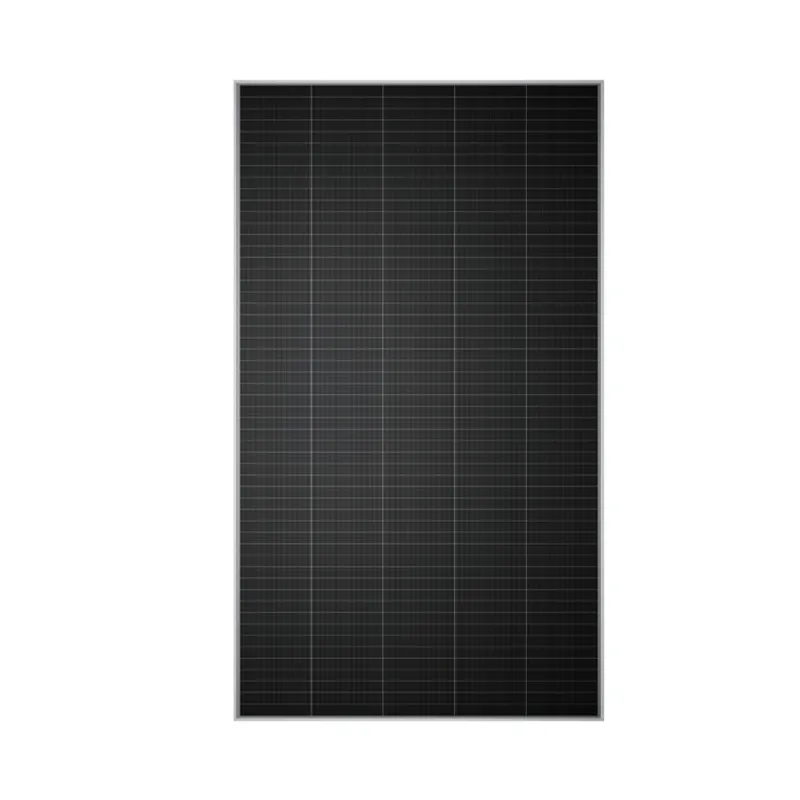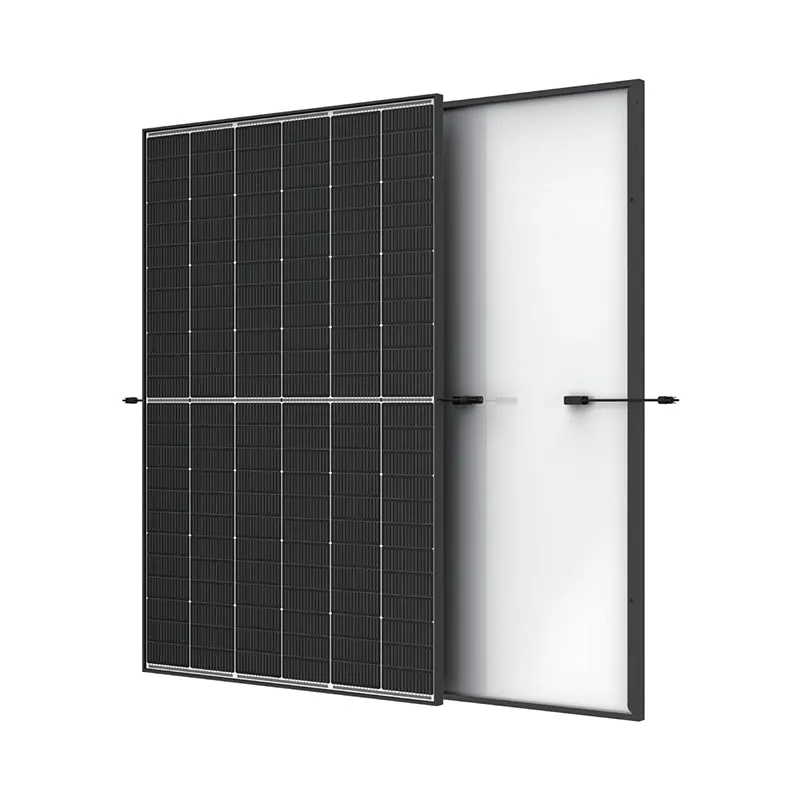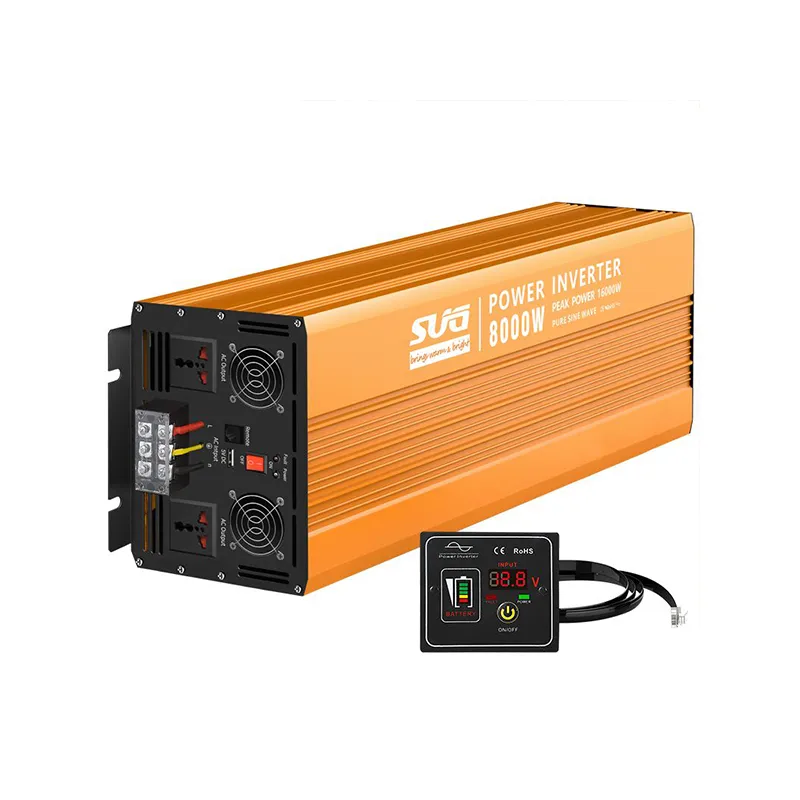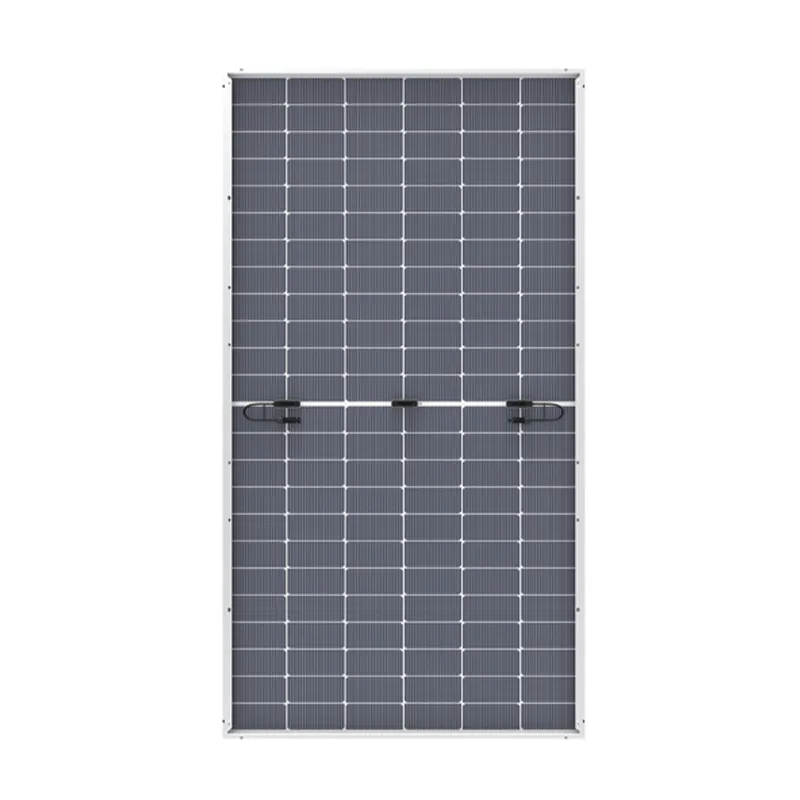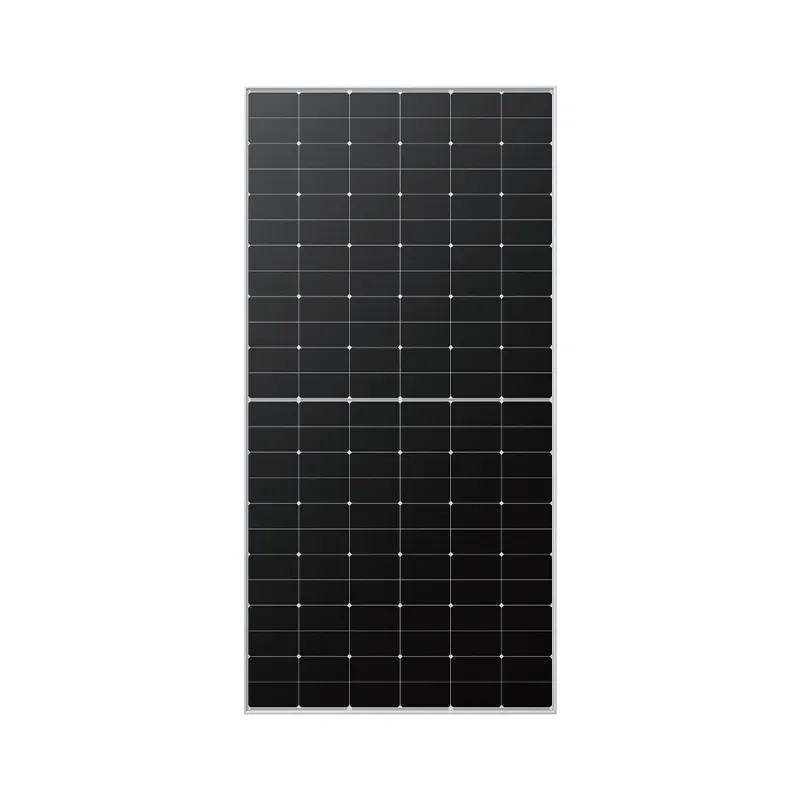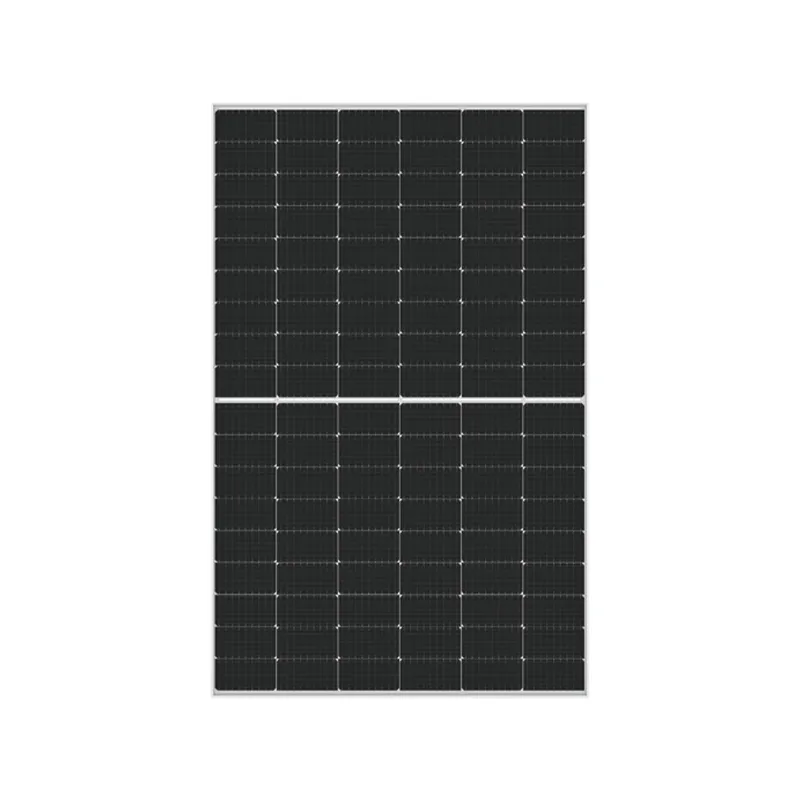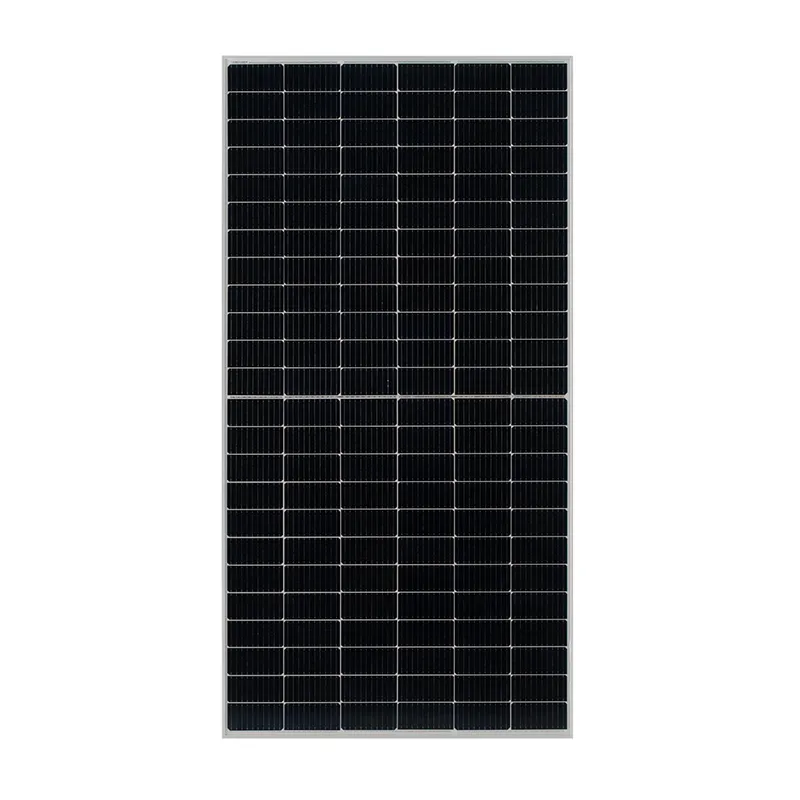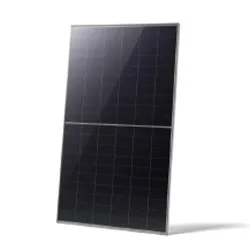High-Efficiency Microinverter 2000W for Solar Systems – Best Price Online
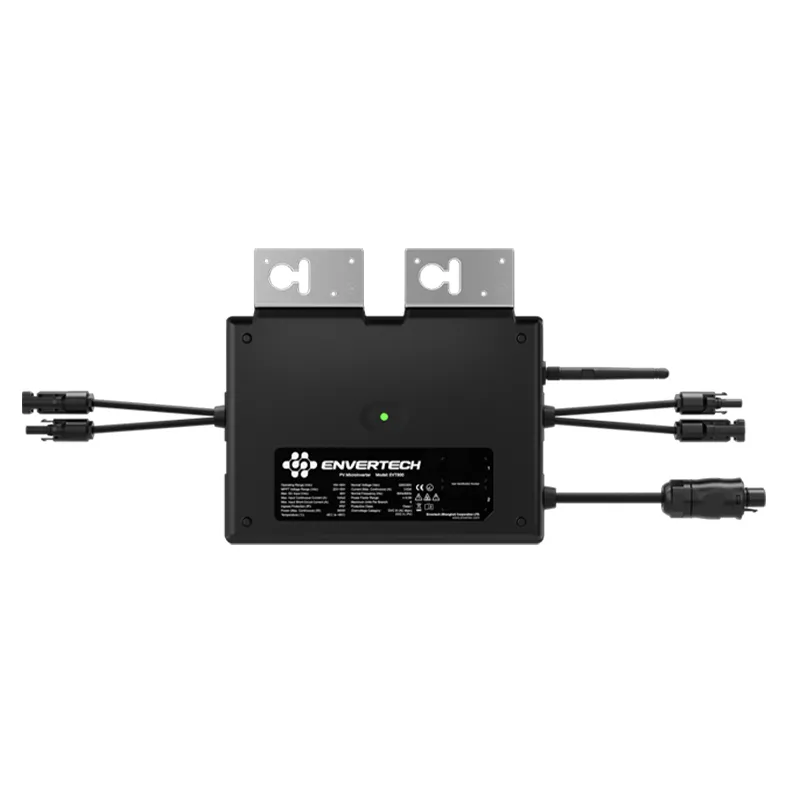
Tel: +86 15612930999
Mobile: +86 13731062128
Email: gzj13731063128@benjiusolar.com
Address: 2B01, Guomao Building, Zhongshan Road, Qiaoxi District, Shijiazhuang City, Hebei Province, China
What is a Microinverter?
A microinverter is a compact, high-efficiency inverter connected directly to a single photovoltaic (PV) module or a small group of panels. Its primary function is to convert DC electricity generated by individual solar panels into grid-compatible AC power. Compared to string or central inverters, microinverters optimize each panel's performance independently, significantly enhancing system yield, safety, and scalability. Their adoption is rapidly increasing worldwide due to advances in semiconductor components, MLPE (Module Level Power Electronics), and evolving solar installation standards.
Global Microinverter Trends & Market Dynamics (2024)
- Rising Demand: Driven by distributed residential, C&I, and smart grid projects.
- Technological Upsurge: Growth in high-power models (like microinverter 2000w) to match 700W-900W panel sizes.
- Competitive Pricing: Micro solar inverter price has dropped approximately 30% since 2021, making adoption more affordable [PV Tech Source].
- Safety & Standards: Microinverters meet rapid shutdown and fire safety codes (e.g., NEC, VDE-AR-N 4105, AS/NZS4777).
- Smart Communication: Integration with IoT, Wi-Fi, and remote monitoring is now mainstream.
Featured Product: ENVERTECH 800W Safe High Quality Flexibility Solar Inervter
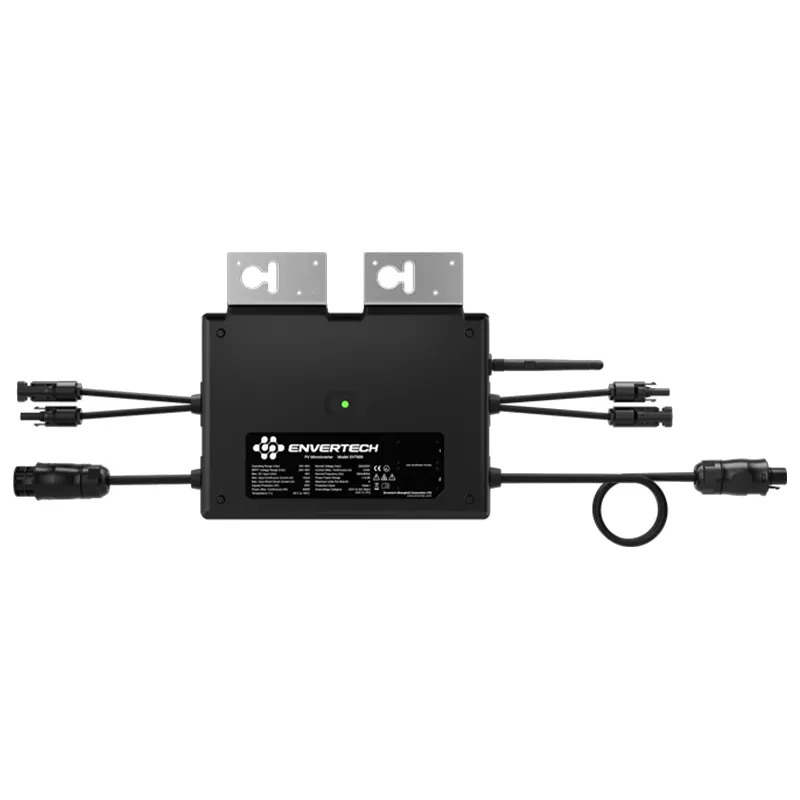
The ENVERTECH 800W Safe High Quality Flexibility Solar Inervter by HeBei Benjiu New Energy Technology Co.,Ltd. represents state-of-the-art microinverter design. Tailored for distributed solar and balcony PV, this model delivers high power density, exceptional safety meeting all global grid standards, and plug-and-play installation.
Advantages:
- Supports up to 2x470W modules with independent MPPT per channel
- High conversion efficiency (>96.5%)
- Superior safety (Rapid shutdown, arc fault detection)
- Excellent communication (Smart Data Transmission Module)
- Waterproof (IP67), corrosion-resistant, robust mechanical design
Microinverter Specification & Price Overview
| Model | Rated Output Power | Max. DC Input Voltage | MPPT Voltage Range | Efficiency | Micro solar inverter price (USD) | Certifications |
|---|---|---|---|---|---|---|
| ENVERTECH 800W | 800W | 60V | 22-50V | 96.5% | 99–119 | CE, VDE, EN50549, SAA |
| Microinverter 2000W | 2000W | 70V | 24-60V | 97.2% | 199–260 | UL1741, TUV |
| Microinverter 600W | 600W | 50V | 22-45V | 95.6% | 65–78 | CE, SAA, RoHS |
| Microinverter 350W | 350W | 40V | 17-34V | 95.0% | 49–63 | CE, TUV |
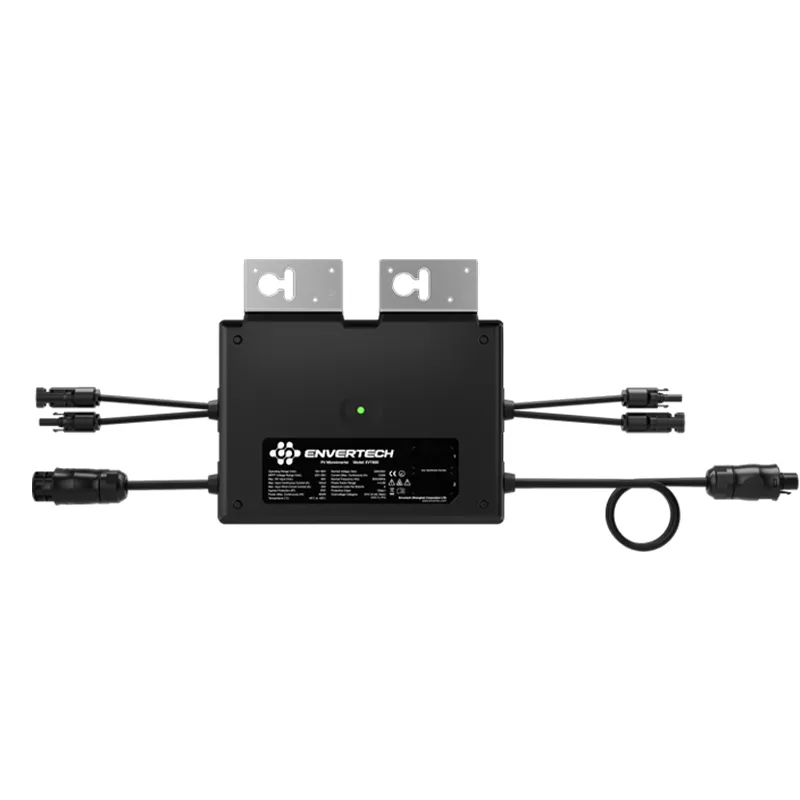


Microinverter Technology Trends & ENVERTECH 800W Data Visualization
Application Scenarios for Microinverter Technology
- Rooftop Residential Solar (Grid-tied & Balcony PV): Top choice for homes seeking maximum yield and safety.
- Commercial Distributed Solar: Used in small businesses, shedding the need for central wiring and lowering maintenance risks.
- Off-grid & Hybrid Microgrids: Microinverters pair perfectly with energy storage (batteries) due to their modularity.
- Solar Carports & BIPV: Multi-functional for integrating solar into buildings, canopies, and carports.
- Remote/Flexible Deployments: Ideal for DIY, agricultural fields, and emergency backup systems.
Industry Insights & Authority Sources
The evolution and application benefits of microinverters are frequently highlighted in top scholarly and technical publications, such as the IEEE Xplore: "A Review of Microinverter Technologies for PV Systems". Leading forums like SolarPanelTalk regularly discuss comparative field data, failures, and design optimizations.
Microinverter — Frequently Asked Technical Questions
A: Premium models (such as ENVERTECH 800W) use aluminum die-cast enclosures for superior thermal performance and corrosion resistance. All PCBs are coated for anti-fog and anti-dust reliability.
A: They typically offer 2 MPPT channels, operate with dual-inputs for panels up to 700W each, feature surge protection, and allow output at 220~240V or 110~120V grids.
A: Microinverters mount directly under or beside each panel, reducing high DC voltage runs—improving safety and simplifying wiring for modular, plug-n-play setup. String inverters centralize DC input, which needs more extensive DC cabling.
A: Look for certifications like CE, VDE, SAA, EN50549, UL1741, and TUV. The ENVERTECH 800W is fully tested for VDE, CE, and SAA standards.
A: Compliance with NEC 690.12 (rapid shutdown), VDE-AR-N 4105 (Europe), and AS/NZS4777 (Australia/New Zealand) is expected for most modern microinverters.
A: Using built-in communication chips (Wi-Fi/ Zigbee), these inverters sync with a Smart Data Transmission Module, enabling remote yield, fault, and grid data tracking via cloud or mobile apps.
A: High-end systems like ENVERTECH 800W feature 12-25 year warranties, with electronics designed for greater than 25 years’ operation under harsh outdoor environments.
Conclusion & References
Microinverter technology continues to reshape distributed solar energy, blending smart safety features, robust efficiency, and modular expansion at competitive micro solar inverter price points. HeBei Benjiu New Energy Technology Co.,Ltd. not only meets, but leads these standards with the ENVERTECH 800W’s innovation and quality. For technical details, bulk orders, or tailored consultation, visit ENVERTECH 800W Safe High Quality Flexibility Solar Inervter, or contact us at gzj13731063128@benjiusolar.com.
- Scholarly Reviews: IEEE Xplore: "A Review of Microinverter Technologies for PV Systems"
- Industry Analysis: PV-Tech – MLPE & Microinverter Evolution
- Professional Forum Discussions: SolarPanelTalk: Microinverter Performance Analysis
-
String Solar Inverter: The High-Efficiency Solution for Smart Solar EnergyNewsJul.14,2025
-
Revolutionizing Rooftop Energy with the Power of the Micro Solar InverterNewsJul.14,2025
-
Power Independence with Smart Off Grid Solar Inverter SolutionsNewsJul.14,2025
-
On Grid Solar Inverter: Powering the Future with Smart Grid IntegrationNewsJul.14,2025
-
Monocrystalline Solar Panels: High-Efficiency Power for the Future of Clean EnergyNewsJul.14,2025
-
Bifacial Solar Panel: A Smarter Investment for Next-Generation Energy SystemsNewsJul.14,2025
